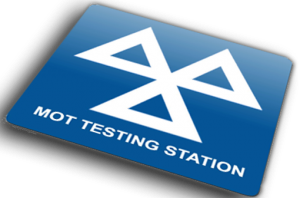Brussels is proposing an overhaul of current rules to bring Europe’s MOT standards in line with the rapid rise of electric vehicles (EV).
The European Commission believes the current testing framework, last revised in 2014, was designed for traditional petrol and diesel vehicles and is now struggling to keep pace with the shift towards electrification and advanced driving technologies.
Under the new proposals, EVs would be subject to dedicated inspection procedures, including checks tailored to high-voltage battery systems, electric powertrains and integrated safety software.
Advanced driver-assistance systems, such as automatic emergency braking and lane-keeping functions, would also be included in the routine safety evaluations.
The Commission is also proposing digitising MOT and registration documents, allowing for easier storage, transfer, and verification of inspection history.
In the used vehicle market, fraud such as odometer tampering - or ‘clocking’ - will be tackled by storing mileage records in national databases that can be accessed across the EU.
The Commission’s plan also proposes new methods for emissions testing to identify high-emitting vehicles, particularly hybrids or modified models, which will measure ultrafine particles and nitrogen oxides.
Officials said enhanced monitoring and data exchange between countries could support this effort, making it harder for polluting vehicles to evade detection by simply crossing borders.
The proposals will now be examined by the European Parliament and the Council and if adopted, detailed rules on implementation will follow in the form of delegated and implementing acts throughout member states.
Last year, the UK's Department for Transport (DfT) said it too was exploring how to include checks on cars' ADAS safety systems in future annual MOT tests and was launching a pilot scheme to gather data which will help it understand the risks and likelihood of failure.






















Login to comment
Comments
No comments have been made yet.